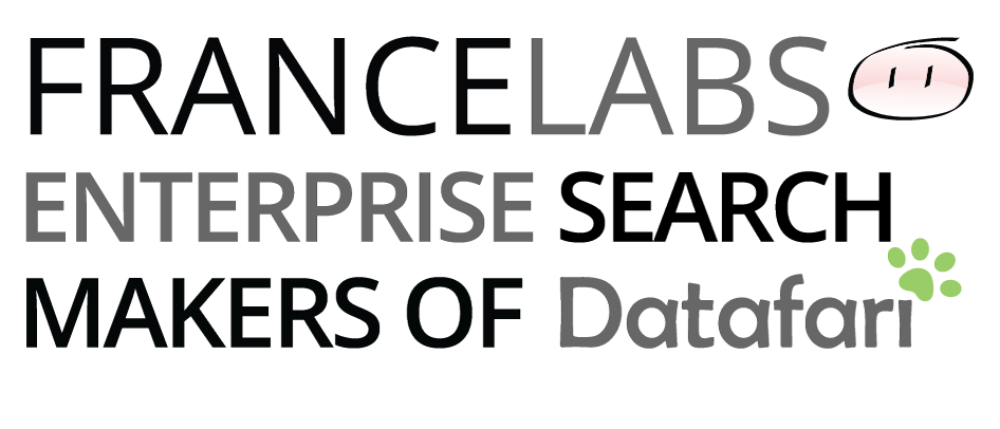NOTE: this post has a French version at the bottom of this page.
Enterprise Search Europe is the largest european event dedicated to Enterprise Search. Looking at this year’s agenda, I have the feeling a particular highlight will be given to open source. As in the recent years, several case studies are dedicated to open source, but in addition, the keynote will be focused on it. Charlie Hull, CEO and cofounder of Flax, expert in open source enterprise search, will be sharing his thoughts on the future of search and the link betweeb search and big data. Other open source tracks include a migration from Exalead to Apache Solr (the talk will be given by France Labs, yeeepieeeee), and a round table on open source implementation. You can find more details on the ESEU 2015 programme page.
